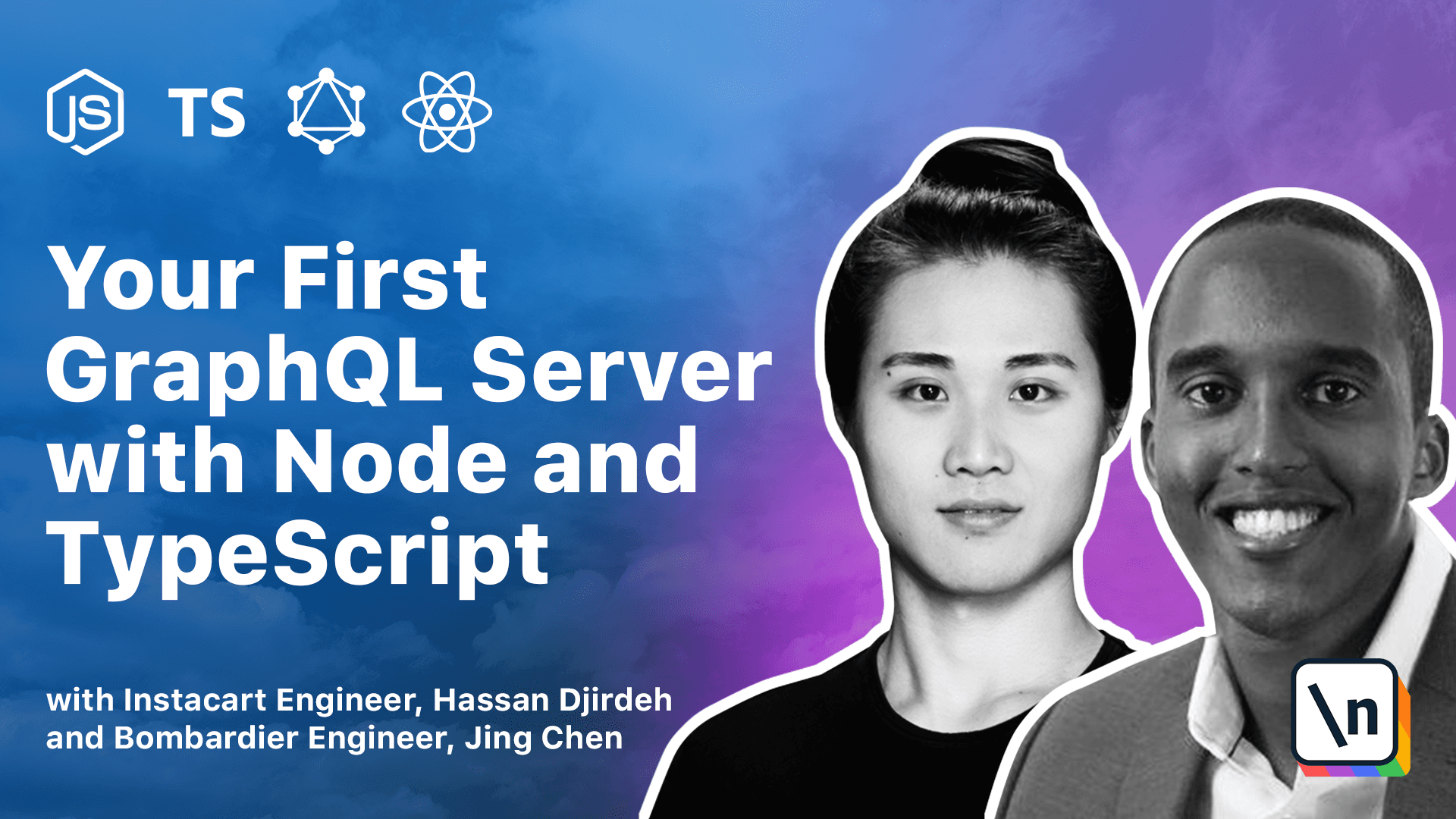Module 3 Introduction
Introduction to Module 3.0.
Get the project source code below, and follow along with the lesson material.
Download Project Source CodeTo set up the project on your local machine, please follow the directions provided in the README.md file. If you run into any issues with running the project source code, then feel free to reach out to the author in the course's Discord channel.
Module 3 Introduction
We have an understanding of how GraphQL is a typed query language that allows client-side applications to request the data they want. With that said, how would one go about creating a GraphQL API?
GraphQL is a specification, not a direct implementation. This means GraphQL can be implemented in multiple programming languages. In our case, we'll be using Apollo to create our API.
This lesson preview is part of the The newline Guide to Building Your First GraphQL Server with Node and TypeScript course and can be unlocked immediately with a \newline Pro subscription or a single-time purchase. Already have access to this course? Log in here.
Get unlimited access to The newline Guide to Building Your First GraphQL Server with Node and TypeScript, plus 70+ \newline books, guides and courses with the \newline Pro subscription.

[00:00 - 00:18] We have an understanding of how GraphQL is a typed query language that allow client-side applications to sort of request the data they want. With that being said though , how do we create a GraphQL API? GraphQL can be implemented in multiple programming language. In our case, we'll be using Apollo to create our API.
[00:19 - 00:33] That's right. And we'll be using the Apollo Server package, which is the server package within the Apollo ecosystem. A Apollo Server allows us to create a production-ready, self-documenting Graph QL API in node applications.
[00:34 - 00:43] It's really easy to get started with and incrementally adaptable. In this module, we'll install Apollo Server and the GraphQL JavaScript library.
[00:44 - 00:57] Next, we'll create a GraphQL schema, then build GraphQL resolver functions to interact with our mock data. Finally, we'll recreate our schema using the much simpler GraphQL schema language.
[00:58 - 00:59] (upbeat music)